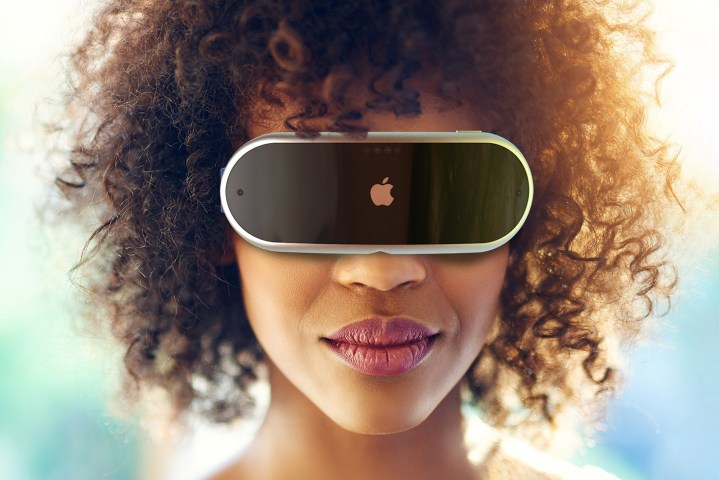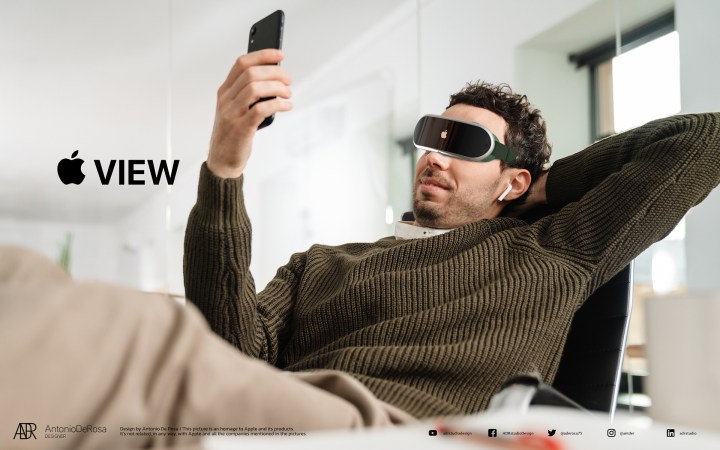Apple has an augmented reality (AR) headset in the works, and a well-known analyst now predicts that it will use Face ID to track hand movements.
The upcoming headset is said to be equipped with more 3D sensing modules than iPhones and, according to the report, may one day replace iPhones altogether.

The information comes from a note for investors prepared by Ming-Chi Kuo, a respected analyst, which was then shared by MacRumors. In his report, he elaborates on the kind of performance and features we can expect from the upcoming Apple AR/MR (augmented reality/mixed reality) headset.
According to Kuo, the new headsets will feature four sets of 3D sensors as opposed to the one to two sets currently offered by the latest iPhones. The use of extra sensors opens up the headset to a whole lot of new capabilities, extending the realism of the user experience.
The sensors used in the new Apple headset rely on structured light to detect motion and actions. Kuo predicts that this will make it possible for the headset to track not just the position of the user, but also the hands of the user and other people, objects in front of the user, and lastly, detailed changes in hand movements.
Kuo compared the headset’s ability to track small hand movements to the way Apple’s Face ID is capable of tracking changes in facial expressions. Being able to detect small hand and finger movements allows for a more intuitive user interface that doesn’t take away from the realism of using an AR/MR headset.

Both the iPhone and the yet unnamed Apple headset rely on structured light, but the headset needs to be more powerful than the iPhone in order to offer proper hand movement detection. Kuo notes that this means that the structured light power consumption of the AR/MR headset is higher.
“We predict that the detection distance of Apple’s AR/MR headset with structured light is 100% to 200% farther than the detection distance of the iPhone Face ID. To increase the field of view for gesture detection, we predict that the Apple AR/MR headset will be equipped with three sets of ToFs (time of flight) to detect hand movement trajectories with low latency requirements,” said Ming-Chi Kuo in his investor note.
Kuo believes that Apple may one day wish to replace the iPhone with the AR headset, although that won’t happen anytime soon. He predicts that in the next 10 years, headsets may very well replace existing electronics with displays.
With the added hand gesture tracking, the new Apple headset may offer an immersive user experience. As rumors suggest that Apple may be looking to join Meta and other companies in expanding toward the metaverse, it’s possible that this headset might be the first step toward just that.
Editors' Recommendations
- This new VR headset beats the Vision Pro in one key way and is half the price
- Vision Pro 2: everything we expect from the future of Apple’s headsets
- What’s behind customers returning their Vision Pro headsets?
- Zoom unveils immersive app for Apple’s Vision Pro headset
- Apple shares new Vision Pro ad just days before launch




